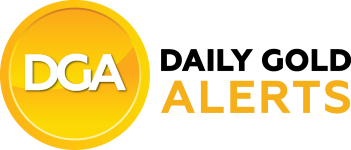A look at the day ahead in European and global markets from Wayne Cole
So, U.S. authorities have ridden to the rescue of the financial system, generating the biggest rally in short-term bonds in decades amid talk the Federal Reserve might not hike rates at all next week given the stakes at play.
The Asian day began with a bang when the Treasury and Fed announced they would cover all depositors at SVB, not just those under the $250,000 insurance cap, although share and bond holders would get no help.
The same went for depositors at New-York based SignatureBank which was wrapped up over the weekend – marking the second- and third-largest failures in U.S. banking history.
They also announced a new acronym – the Bank Term Funding Program (BTFP) – which will lend for up to one year to any federally insured bank that is eligible for discount window access, in return for eligible collateral including Treasuries and agency securities.
Crucially, the collateral will be valued at par, with no haircut, meaning banks can use bonds that are trading below book value without having to realise any losses.
This was not a blanket guarantee for uninsured depositors, but the hope is clearly that it will prevent runs on other institutions.
It was enough to spark a rally in U.S. stock futures, but banking stocks were still under pressure across Asia with Japan’s bank index down almost 5%.
Given the strain on the U.S. banking system, investors were also wondering whether the Fed would really risk hiking interest rates by an outsized 50 basis points next week.
Goldman Sachs came right out and predicted a pause, although it still foresees hikes in May, June and July.
Fed fund futures duly extended an early surge to completely price out the chance of 50 basis points, when this time last week it was priced at 72%.
Yields on two-year Treasuries dived 19 basis points to 4.40%, and got as low as 4.34% at one stage. That brought the fall since Thursday to an astounding 66 basis points, the biggest three-session decline since the Black Monday crash of 1987.
That was a drag for the dollar, while lifting the euro above $1.0700 resistance to a four-week high.
The move was contagious with markets now wagering Australia’s central bank will pause in April, while lengthening the odds on a hike by the Bank of England.
The ECB is still expected to go 50 basis points this week, but it will have to at least acknowledge the risks to financial stability, which could make it a dovish hike.
This also promises to seriously complicate the market reaction to U.S. CPI data on Tuesday, where an upside surprise would put the Fed between a rock and a hard place.
It was notable that yields on long-dated Treasuries actually rose in Asia, perhaps signalling concerns that a constrained Fed would result in inflation staying higher for longer.
Key developments that could influence markets on Monday:
– Member of the ECB’s Executive Board Fabio Panetta participates in Eurogroup meeting in Brussels
– President Joe Biden will address the banking crisis and maybe flag proposals for tougher regulations
(By Wayne Cole; Editing by Edmund Klamann)

